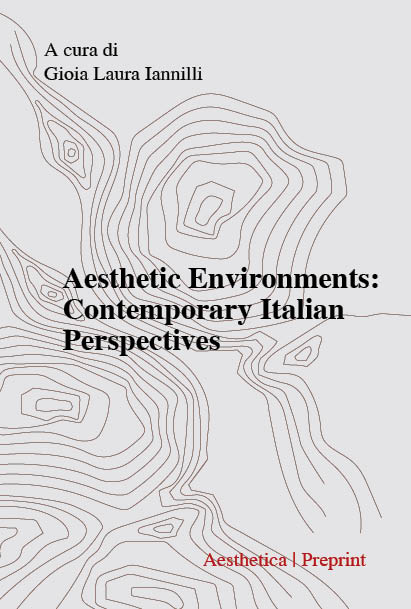Abstract
As climate change alters the environment, many coastal cities and other places of historical and cultural significance are at risk of being damaged, if not disrupted altogether. How should we confront the prospect of these disasters? And how are we to cope with the reconstructions that will be needed as these phenomena occur?
In this paper, I articulate some conceptual tools for thinking more deeply about the philosophical implications that surround choices concerning heritage sites conservation. Recent work in environmental psychology has investigated people’s emotional bond to places and the threat that changes in a place’s structure may pose to individual and social cohesion. In a similar vein, everyday aestheticians have emphasized the role played by quotidian intercourse, relationship and attachment for the ascription of aesthetic qualities to a site and the environment.
Drawing on these debates, I argue that strategies for a sustainable reconstruction in the aftermath of a natural catastrophe must emerge by considering the affected community of people, then the affected artefact. In this regard, rather than being whether potential replicas and copies may constitute a threat to a site’s authenticity, the question should be whether reconstructions are able to keep the values alive for the people for whom the site is perceived as significant.

